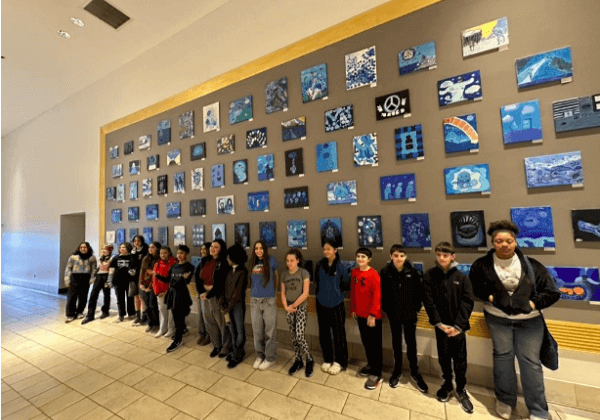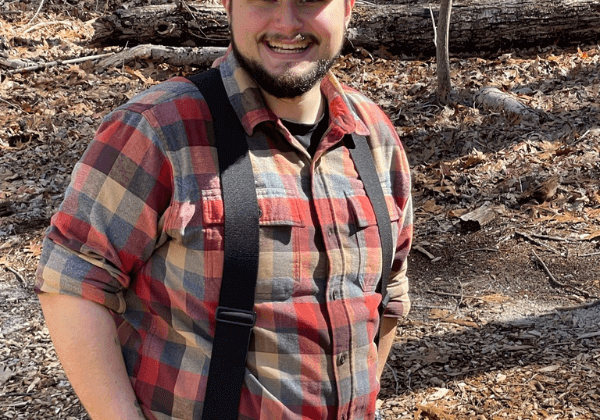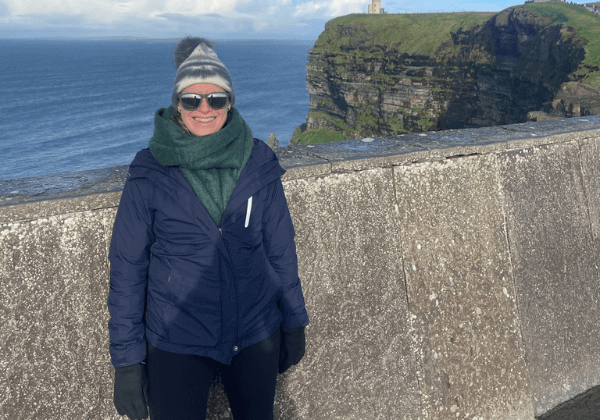Artist-Run Spaces
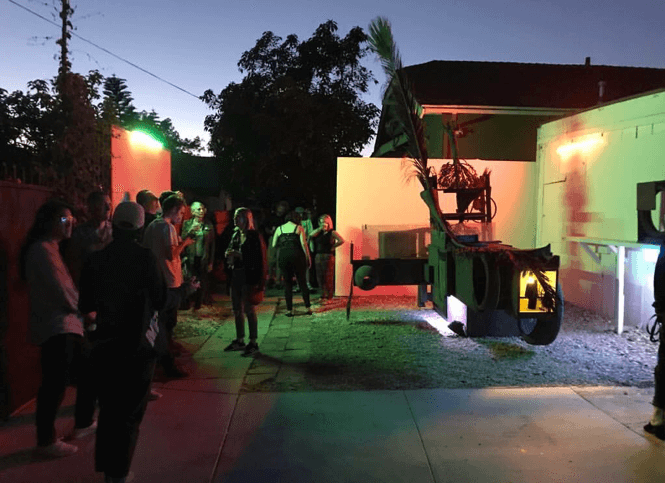
In Los Angeles, there seems to be new artist-run spaces popping up every day in unconventional places: a car, a garage, a garden, an elevator, and an occupied apartment, for examples. The desire to share work and make use of one’s own resources is an artist’s forte, and the added freedom to explore exhibition making as a practice inevitably dismantles conventions and expectations for how art should be experienced. When the whole of art history reflects patterns of oppositional thinking, why is it that the white cube model remains the measure of legitimacy?
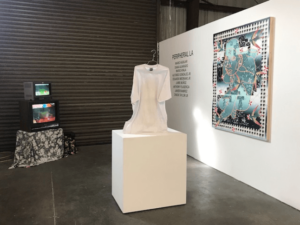
Peripheral LA at Dalton Warehouse, 2018
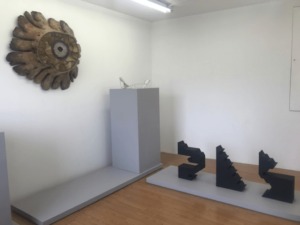
Watseka at AWHRHWAR, 2018
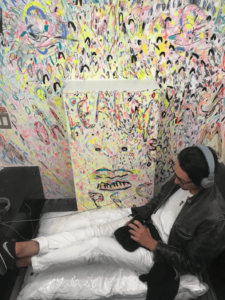
Take Care GAS (mobile truck gallery), 2018
Artist run spaces are generally owned, managed and curated by artists (I say “generally” because, as the very nature of the project suggests, there are no rules or guidelines for how to operate this kind of space besides the ones the artists give themselves), which means they probably don’t have big collectors or investors backing the project, and if they sell work it’s often to other artists or small-time collectors. Financial profit is probably not the driving force behind this kind of space, anyway. Over time, an artist run space can build community and create a tangible place for exchanging ideas and sparking new collaborations, which can also become a form of valuable currency.
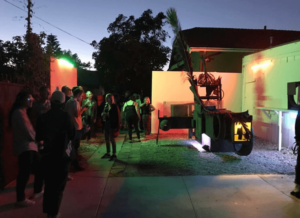
Opening of The Parks by Nicolas Shake, ARVIA 2018
I remember visiting a blue chip gallery in downtown Los Angeles that was exhibiting a well-known artist that constructs her work out of trash and objects found on the street in Brooklyn where she lived. The grandeur of the building with its vaulted ceilings and vast white walls dwarfed the work and shrouded it in space. Who knew there was such a thing as too much space for exhibiting art? While at times a “pure” environment is necessary for viewing certain works, sterility also takes something from it— this idea that you can’t buy homemade cookies at a grocery store. The circumstances from which something is made and came to be exhibited has a lot to do with how it is perceived, and I think that sometimes a press release isn’t enough to communicate that.
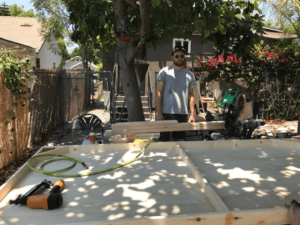
Friend Chris Wormald working on a project at ARVIA, 2017
Not long after this experience, my partner Andrew Cortes and I decided to run our own space out of the backyard of our home in Los Angeles last summer (named ARVIA, after our street). Most of our friends work in the creative field in some capacity and would often use our back-yard space and tools to work on personal projects. I enjoyed spending time with them, speaking about art, life and learning about their creative processes. When they finished what they were making, it felt as though it was imbued with our conversations and personal connection, not to mention the physical environment (avocado leaves, twigs, rocks). There’s something to be said for viewing or interacting with work in the place where it was made, like its lineage has been made visible. These experiences inspired the idea to invite artists to work on site-specific exhibition projects at ARVIA during the summer/fall seasons. Our main goal is to offer a space for artists to realize projects that they probably never could in a standard white wall gallery, whether it be because of theoretical, curatorial or time constraints.
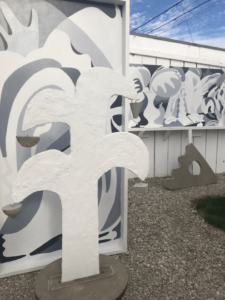
Make Yourself at Home : Trina Turturici at ARVIA 2017
Galleries are, of course, an important part of introducing and supporting artists in the larger art market. Good galleries defend their artists and create opportunities for them to exhibit internationally. But for the many without gallery representation, the only way to seize these opportunities is to create them ourselves. In this day and age of social media, the ability to be one’s own promotor marks a tremendous shift in power– or at the very least, a more even distribution. With the success of artist-run spaces like Laura Owens’ 356 Mission in Los Angeles, and the Tiger Strikes Asteroid (TSA) franchise in Philadelphia, New York, Los Angeles and Chicago, it seems that a paradigm shift in what qualifies for an influential or legitimate space may not be far behind.
Instagram:

